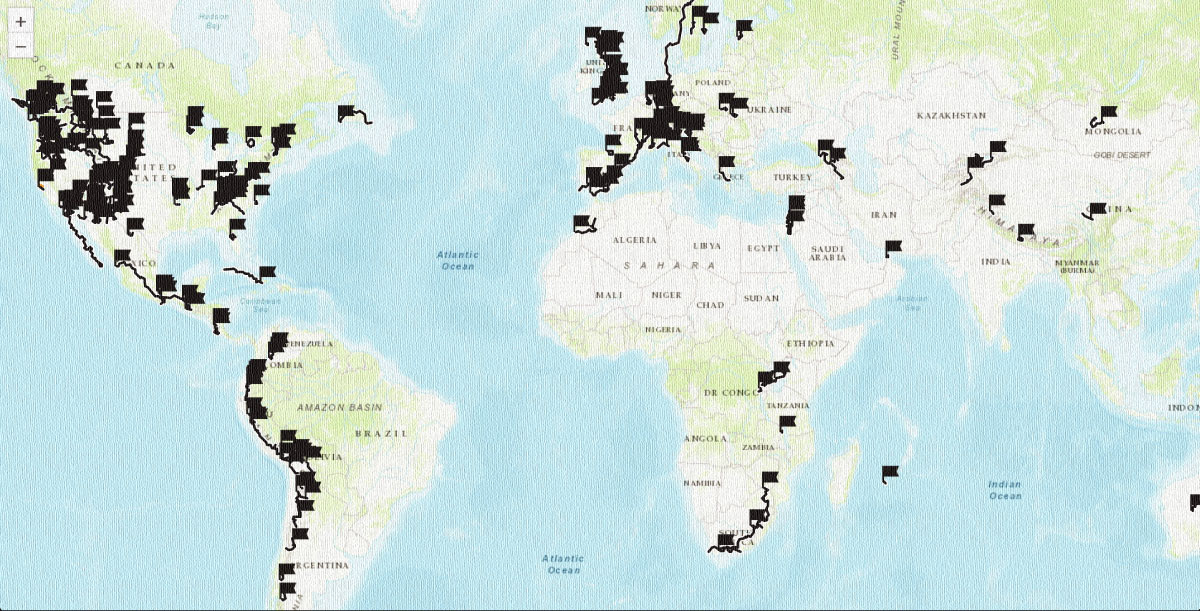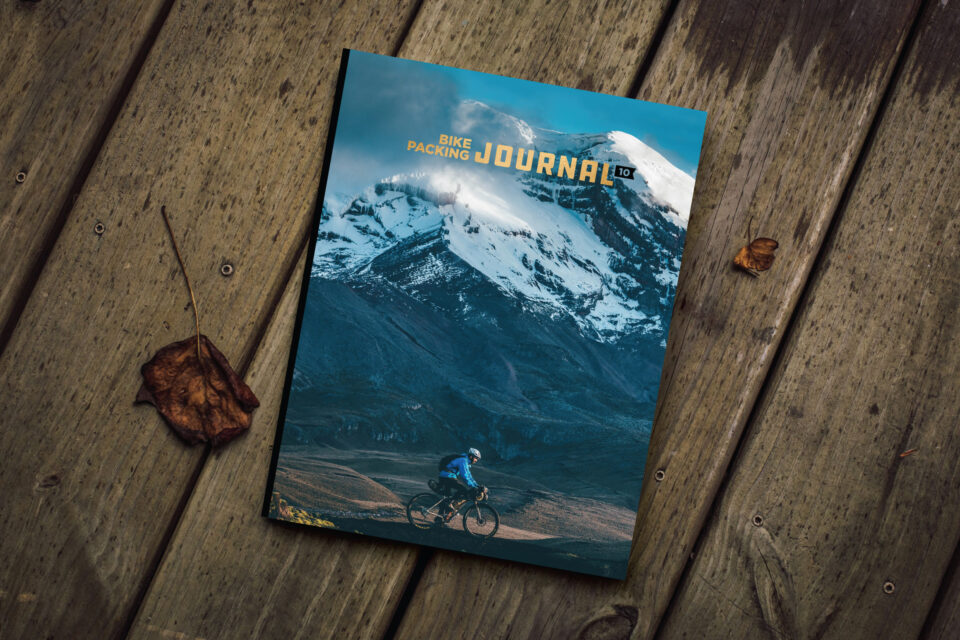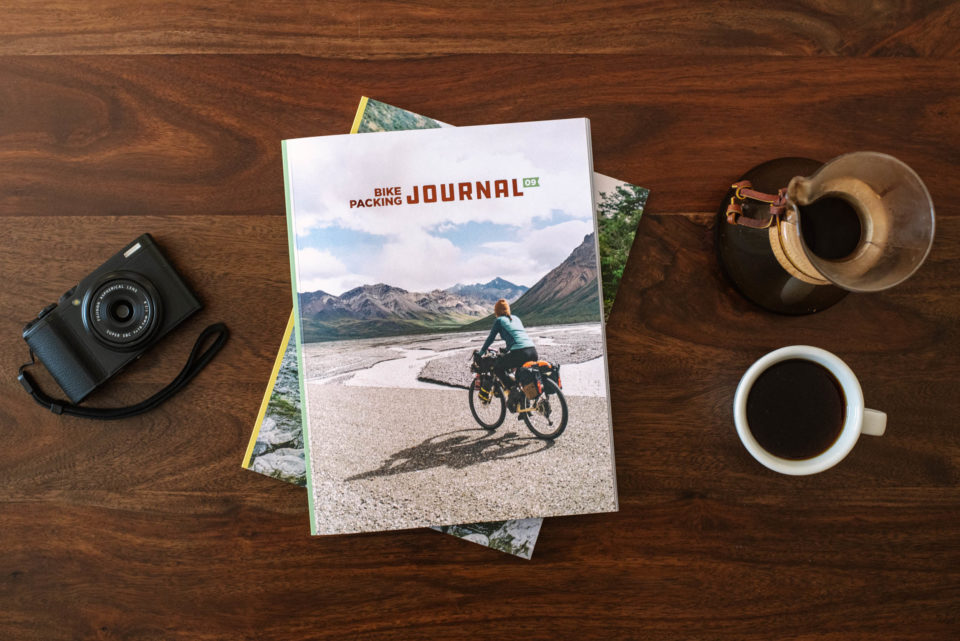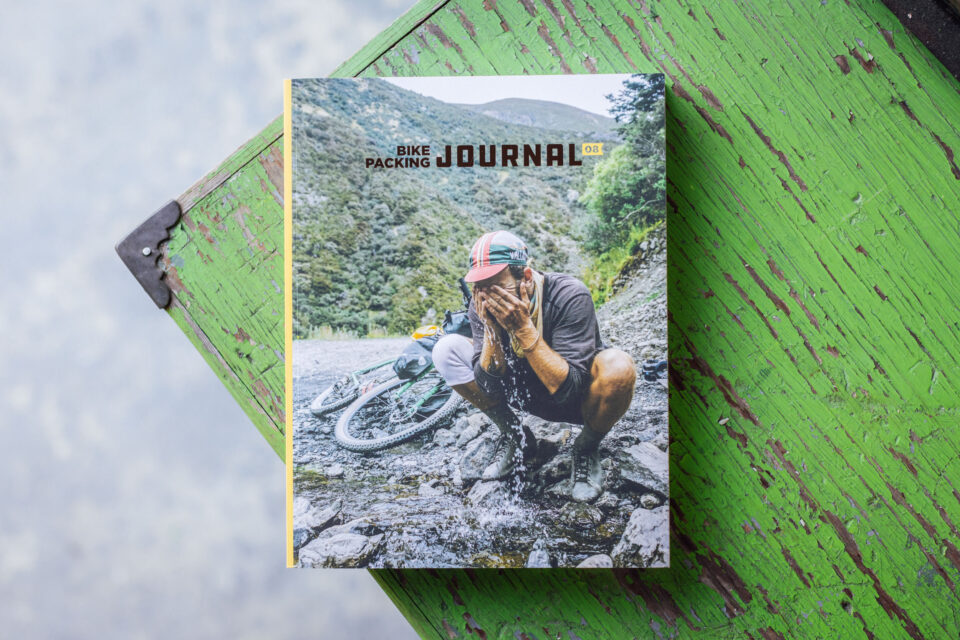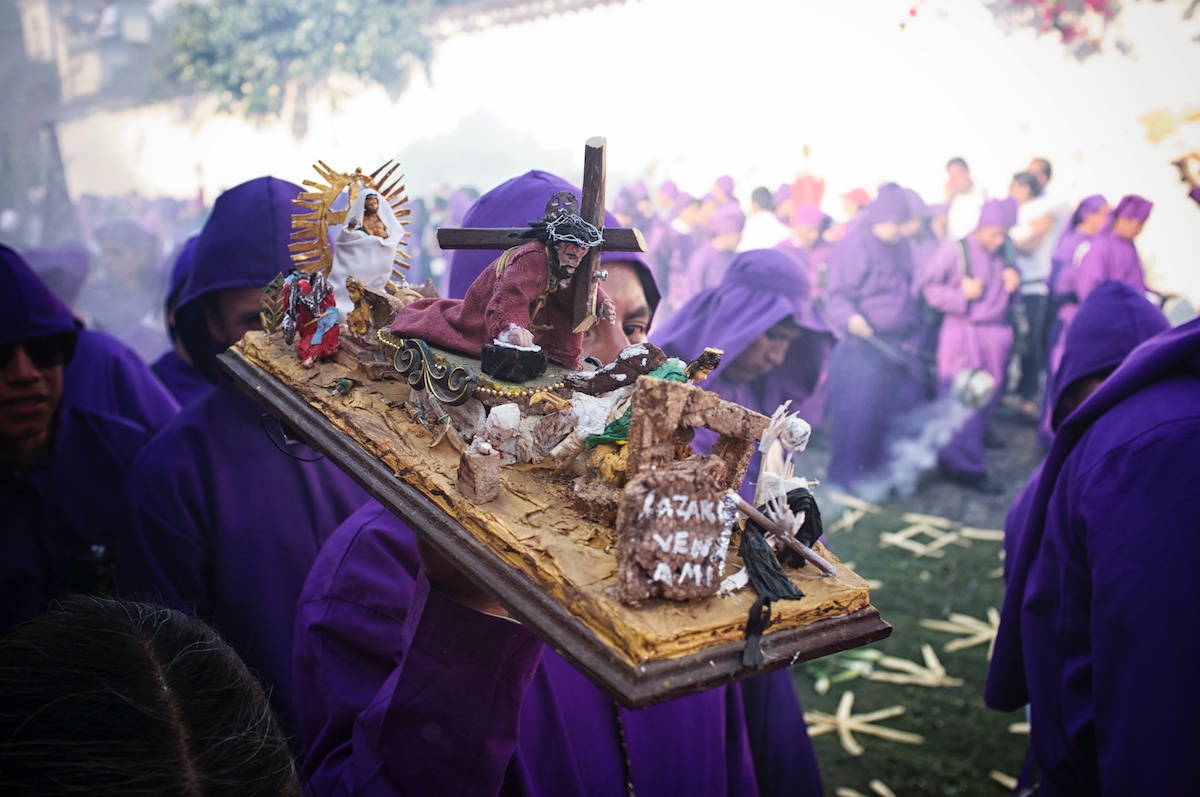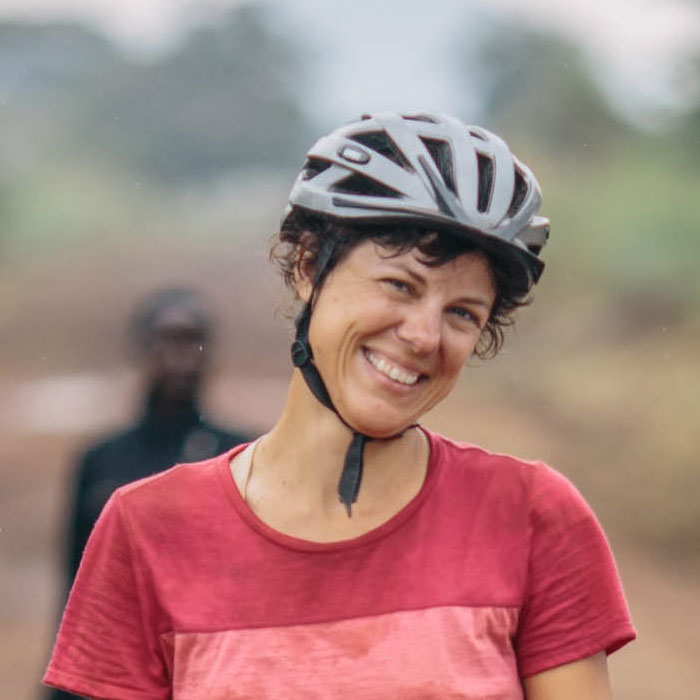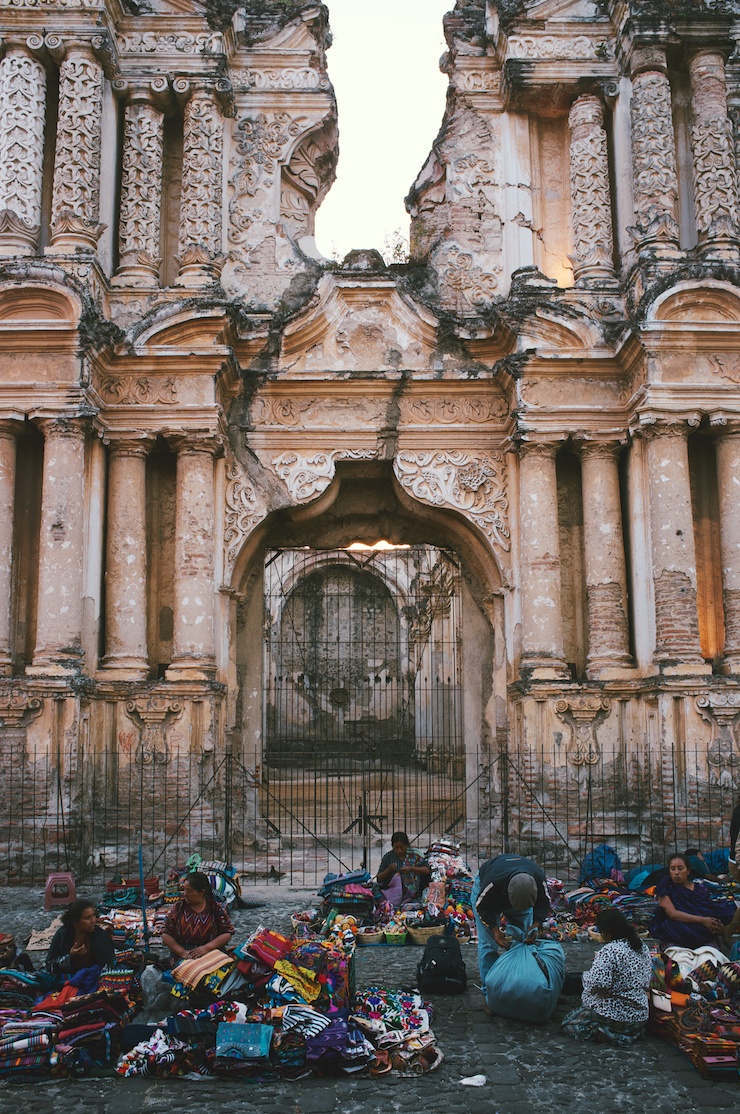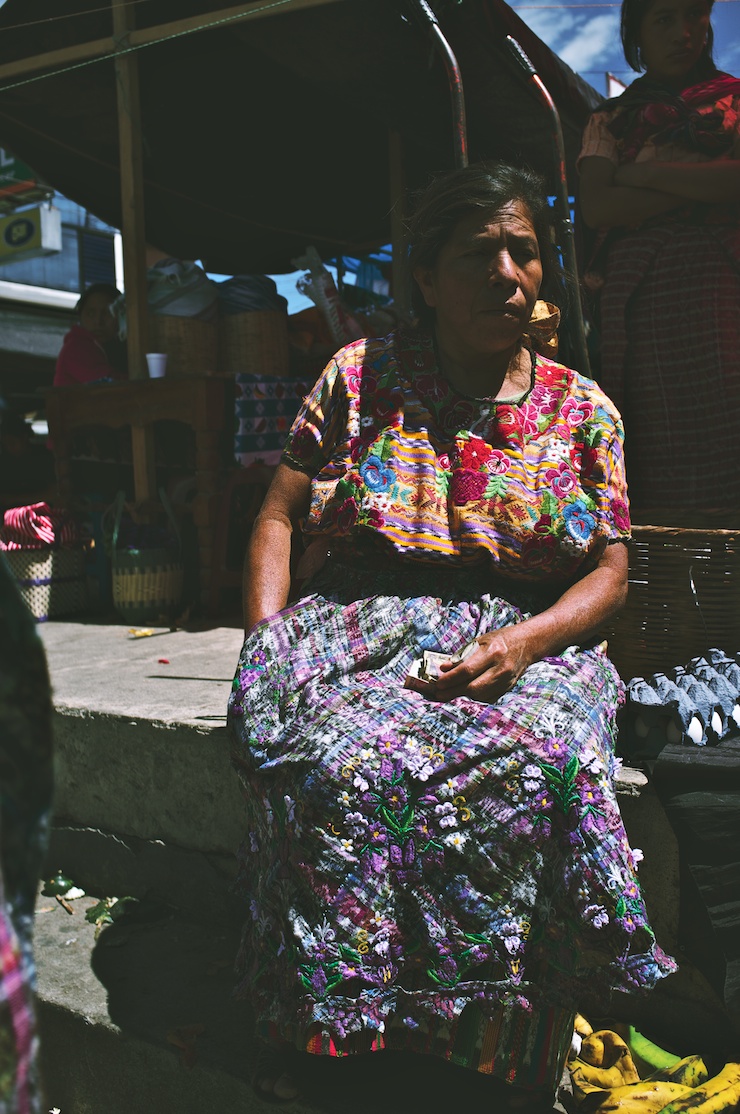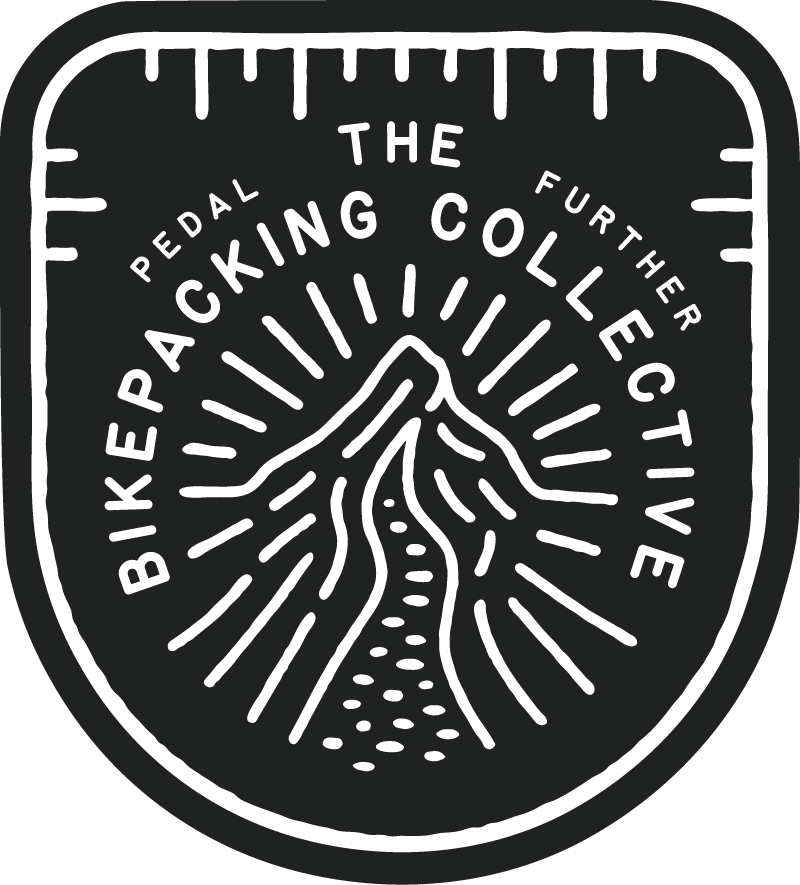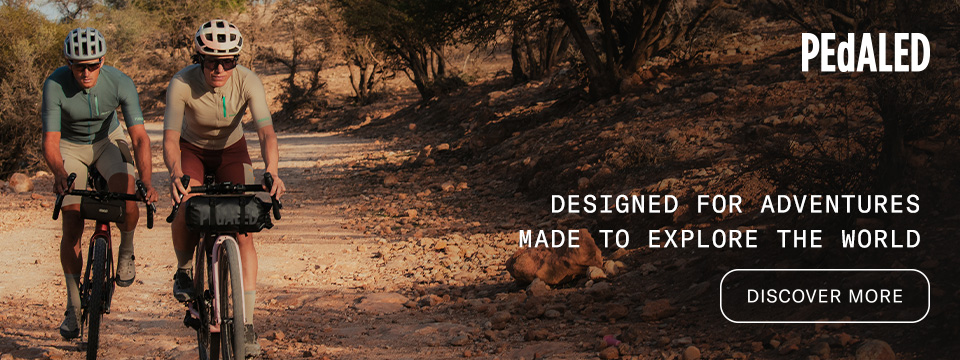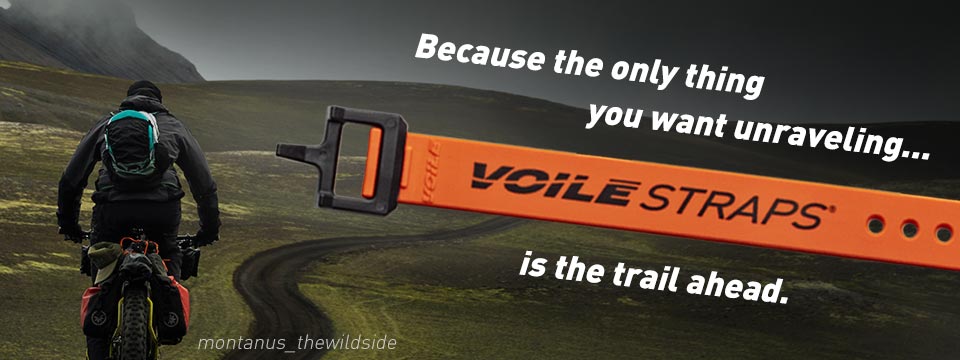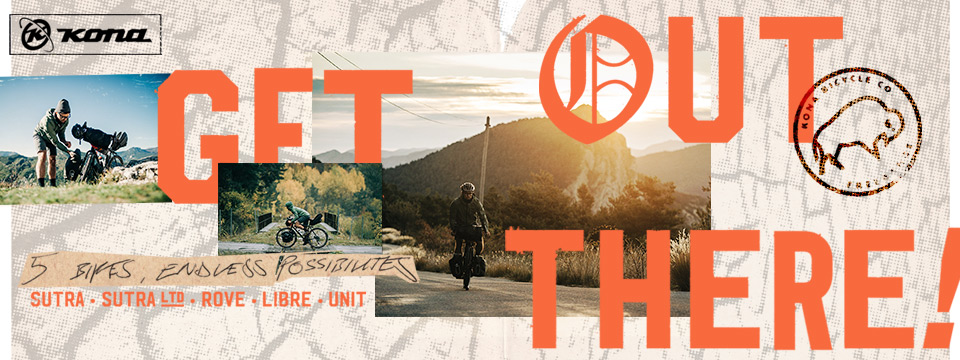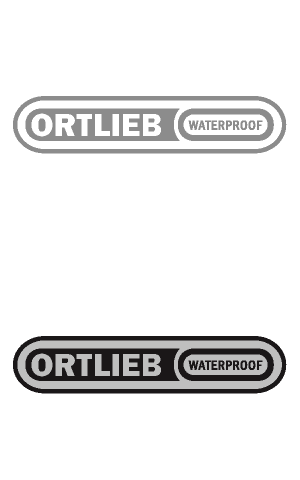Parasites in La Antigua, Guatemala & Lago de Atitlan
After a pretty physically disgusting (referring to my own personal health issues, not the environmental landscape of the outside world) and very difficult 5 days (4 of which involved traveling somewhere other than the bathroom), Logan and I made it to Antigua, Mike having forged ahead a day before us…
La Antigua is incredible…a beautiful, cobblestoned “Spanish” colonial city cozily nestled at the base of several behemoth volcanoes, at least 1 of which (Volcan del Fuego) belches smoke not infrequently and last significantly erupted in September, 2012. Antigua’s Spanish Baroque ruins are interspersed amongst chic restaurants and bars, local fruit vendors, and indigenous Mayan women peddling their beautiful and intricately woven textiles. These architectural “victims” of recurrent earthquakes vary in degree of dilapidation, but each of them retain enough of their original majesty to lend an eerie living yet dead sort of shadow to the entire city.
As luck would have it, we made it here, in time to experience 2 of the Lenten processionals that lead up to Semana Santa. Each Sunday in Lent, one of the local parishes sponsors a procession through the streets of Antigua. Elaborate and beautiful carpets, or alfombras, constructed using dyed sawdust, flowers, pine needles, and other primarily organic materials adorn the processions’ path and are promptly destroyed by the tramplings of Roman centurions, creepily cloaked penitents (who kind of resemble KKK members with an ironic love for the ” Color Purple”), and the devoted bearers of the up to 8,000 pound andas (floats) that are topped with pretty graphic and frightening scenes depicting some aspect of Jesus’ cruxifiction. The ephemeral nature if the alfombras makes them even more beautiful and a true testament to the devotion of their creators.
After a few days in Antigua, we made our way to the ridiculously beautiful Lake Attitlan and one of its many small pueblos, San Pedro. Logan and I took 4 days of Spanish lessons, which really only served to reinforce my afore drawn conclusion that my brain is just too age (and, maybe a little substance) addled to ever learn this language. The little town was cool, but with all of its European tourists and expatriots, along with their restaurants and bars, ended up feeling pretty absent in its Guatemalaness until, not completely surprisingly, my parasitic visitors decided to recommence partying in my intestines.
Enough said…we returned to Antigua in time to experience our 2nd Lenten processional and begin planning our next move.
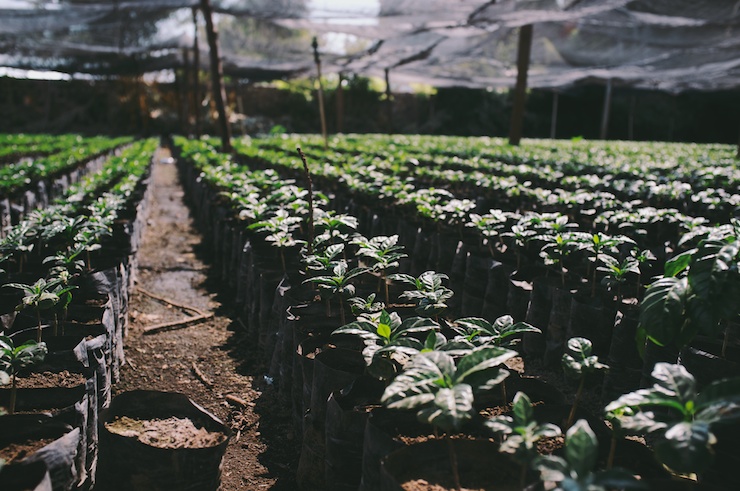
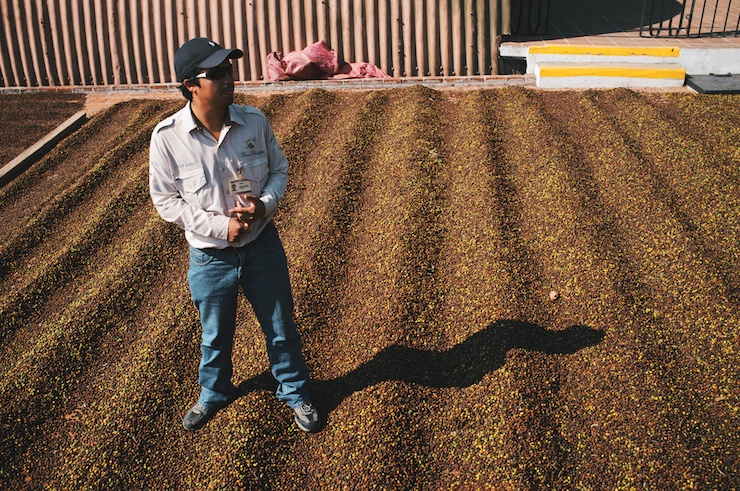
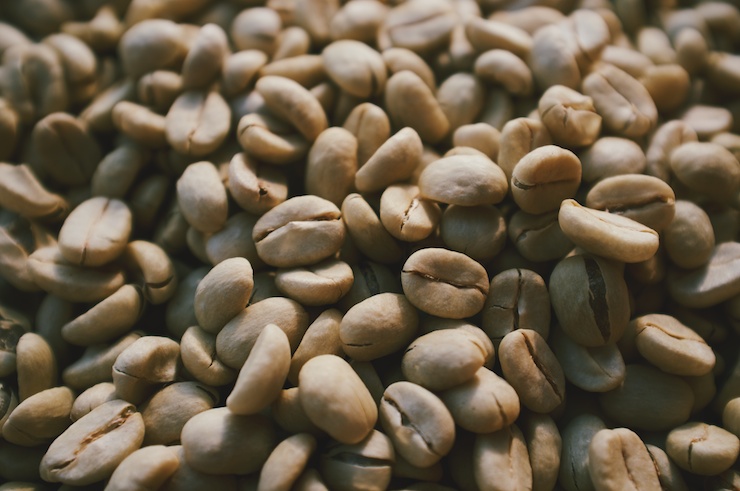
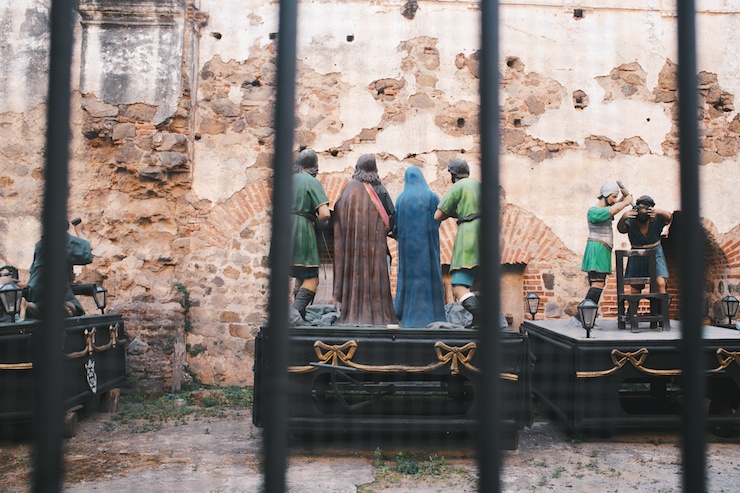
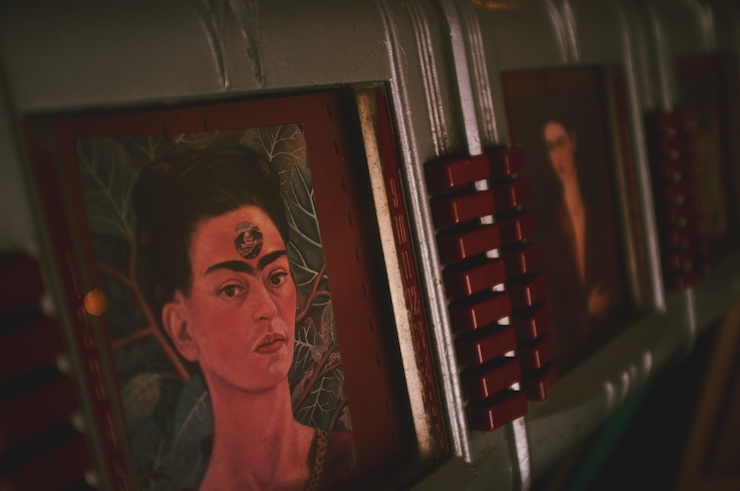

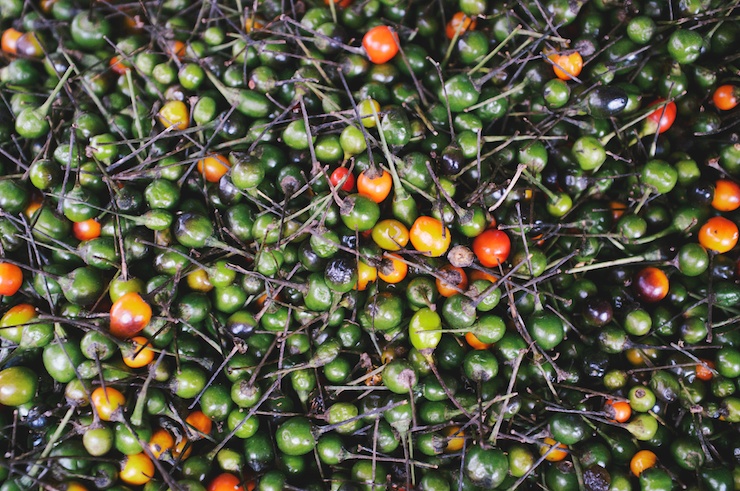
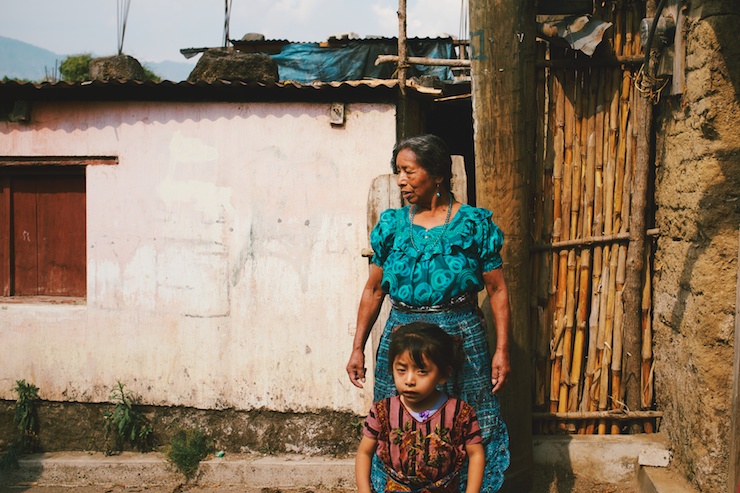
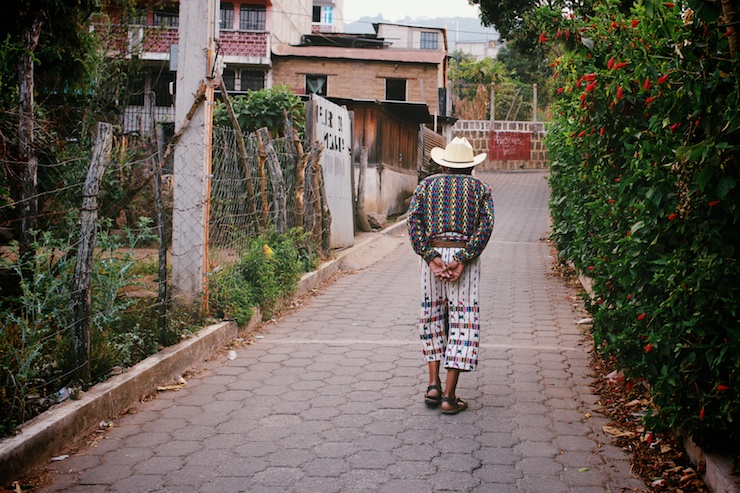
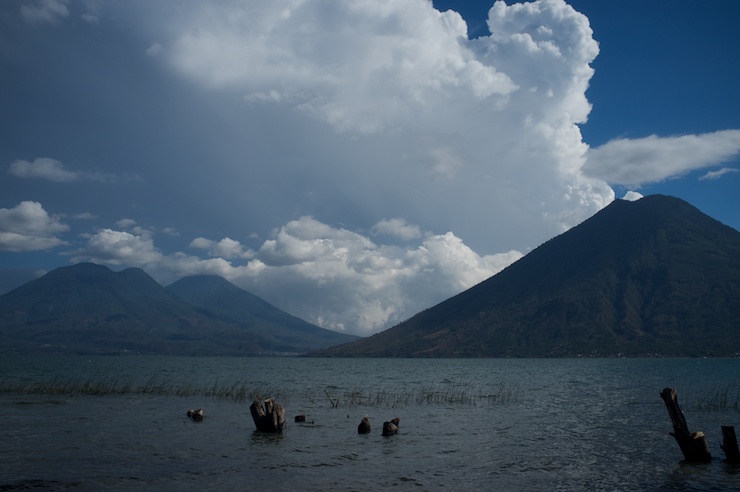
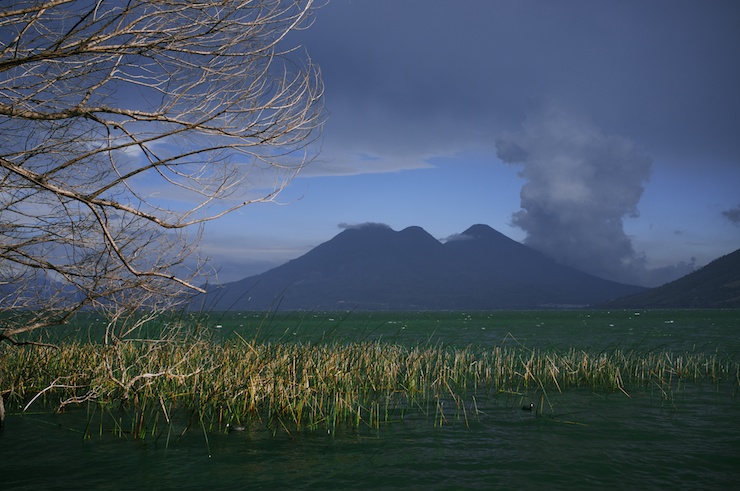
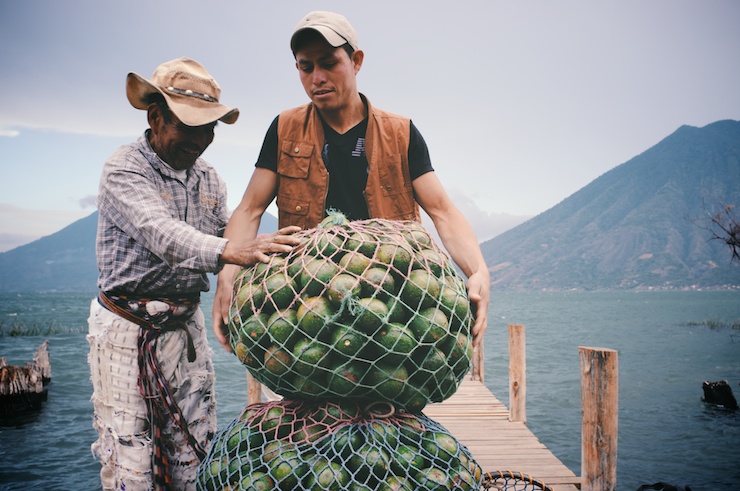
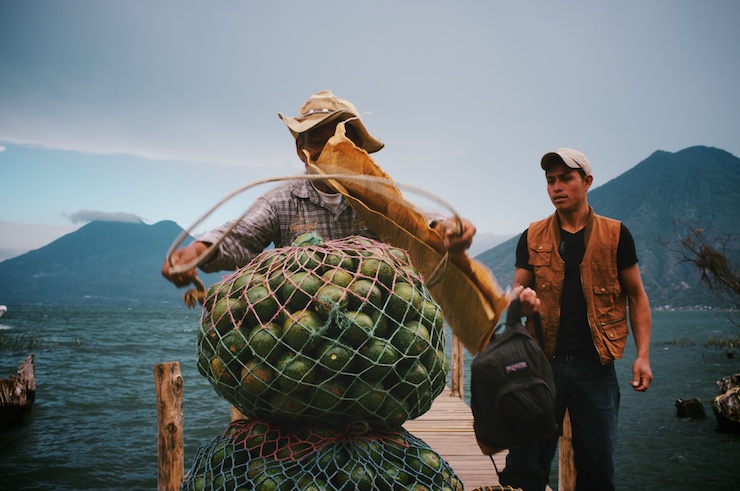
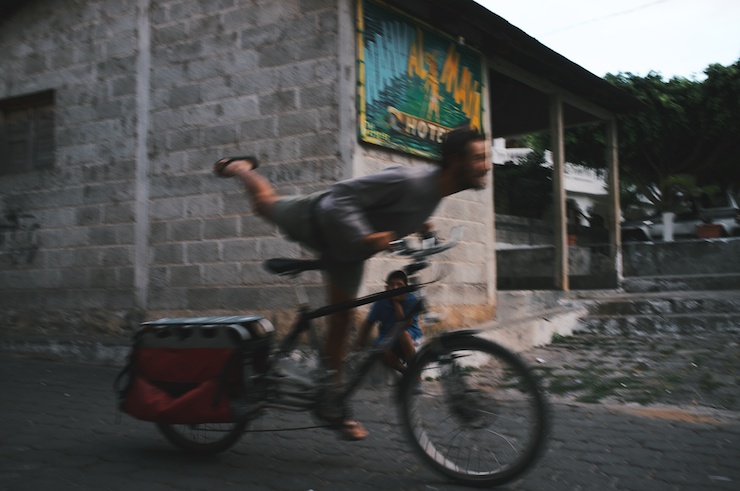
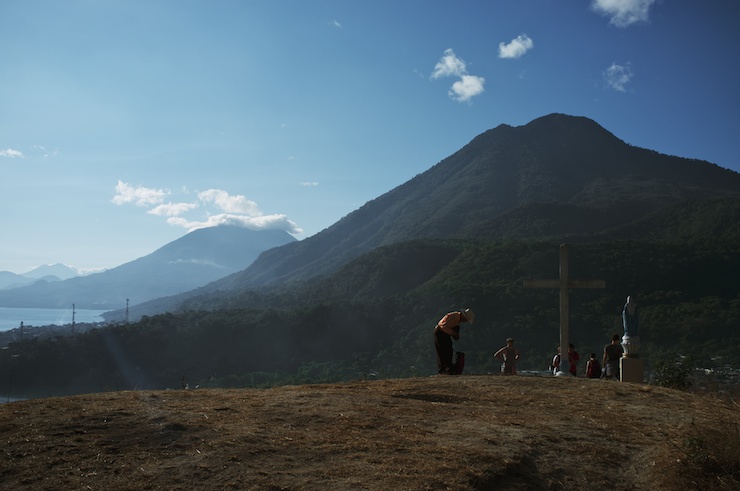

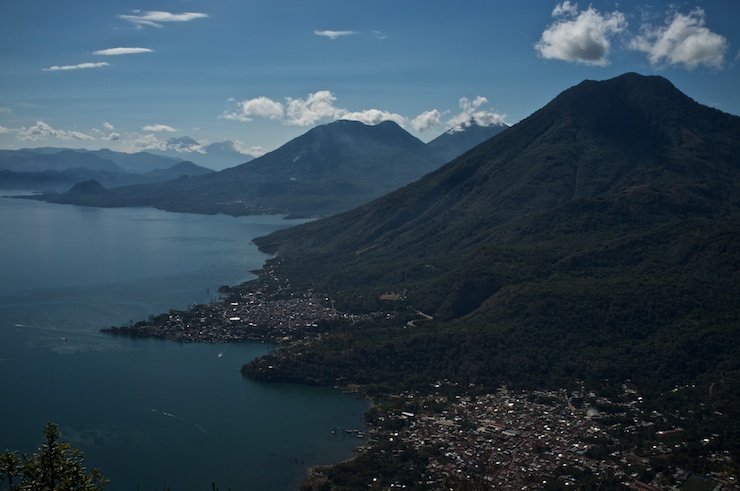
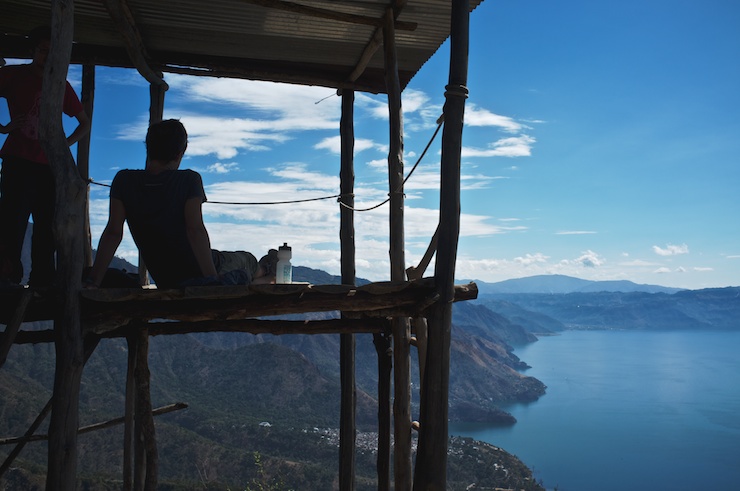
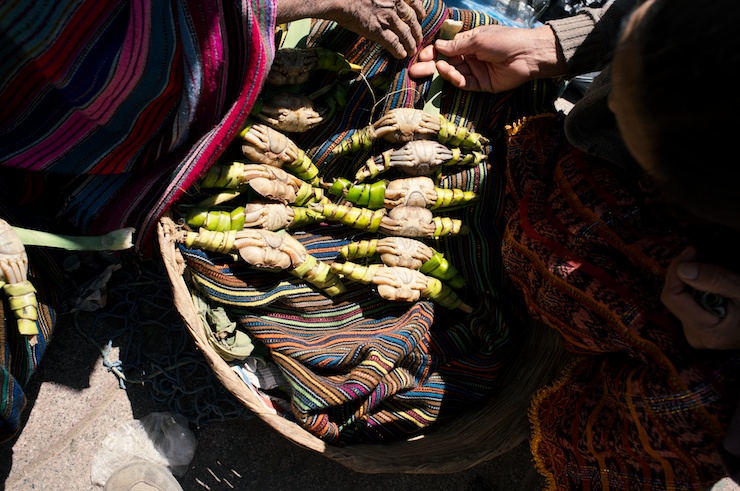
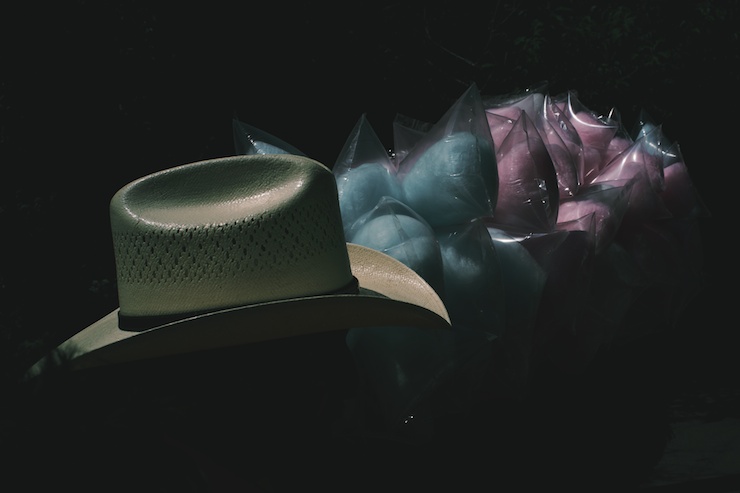
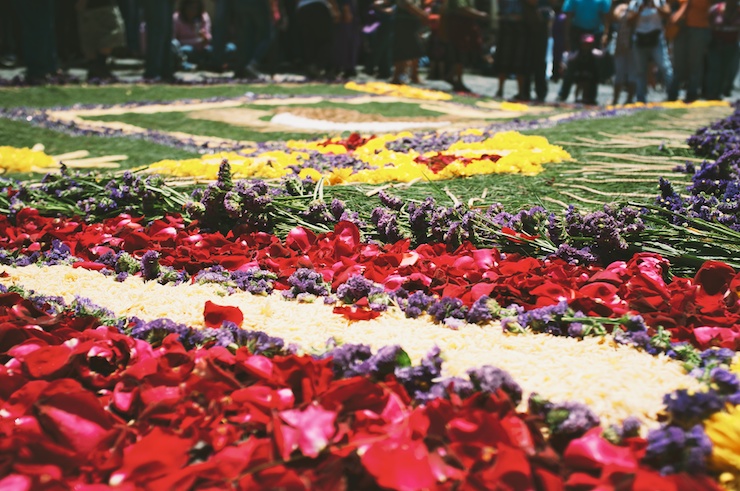
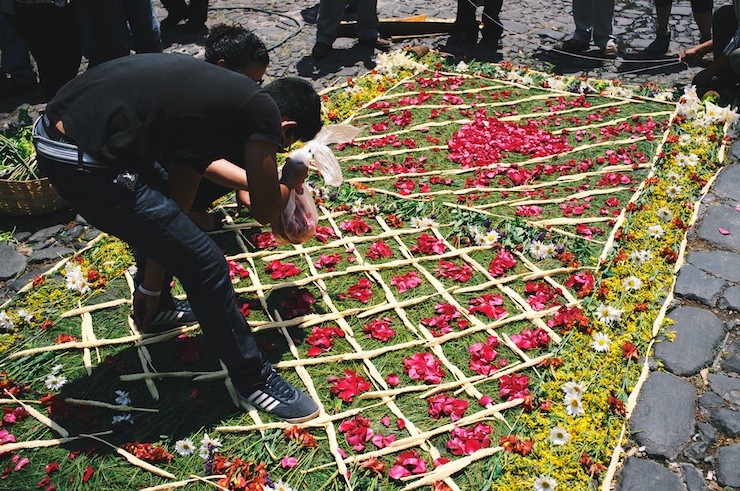
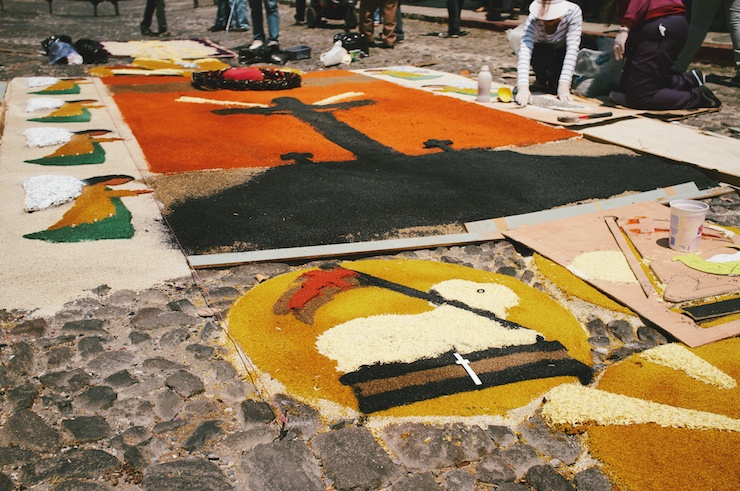
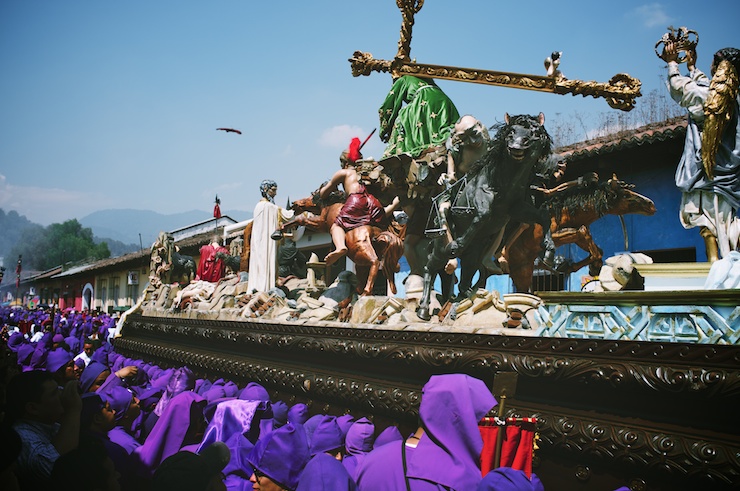
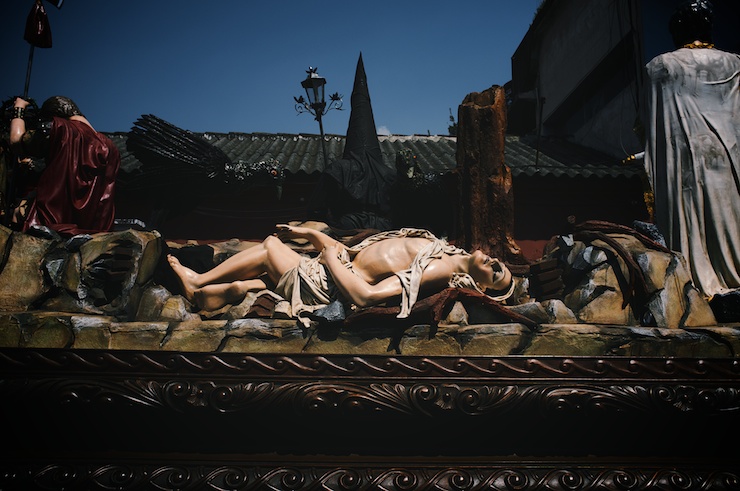
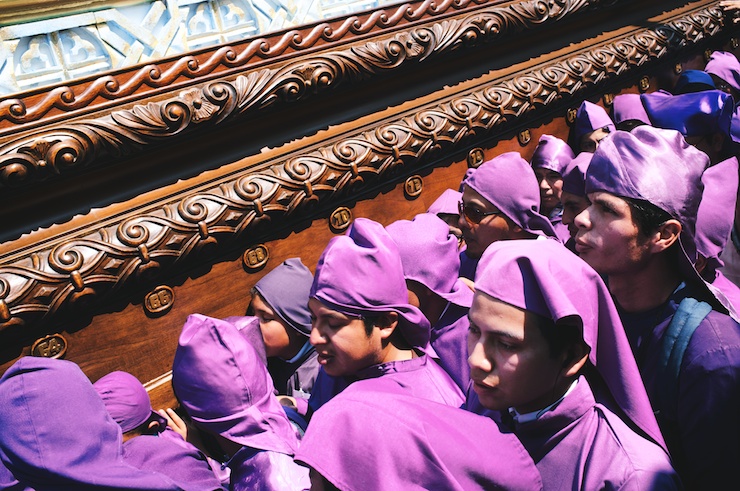
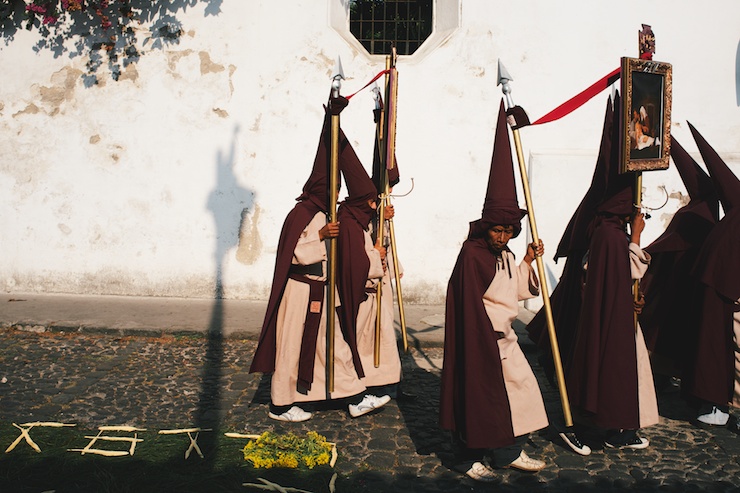
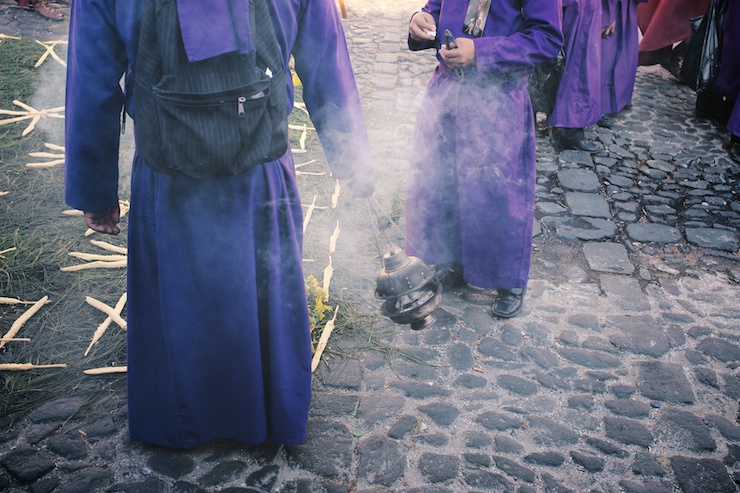
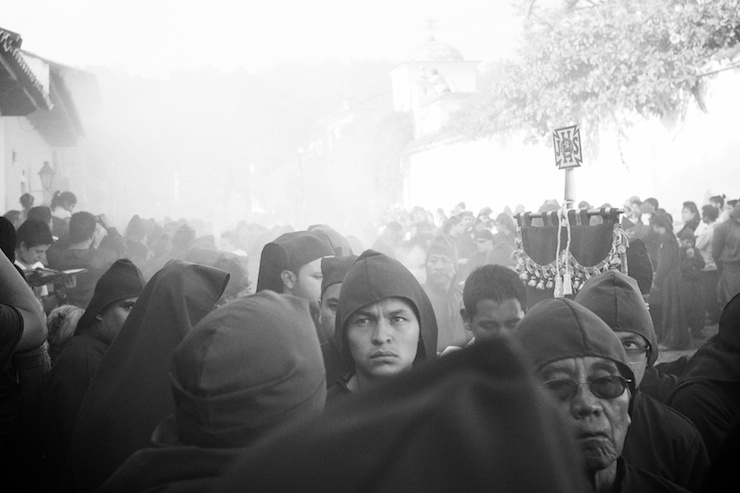
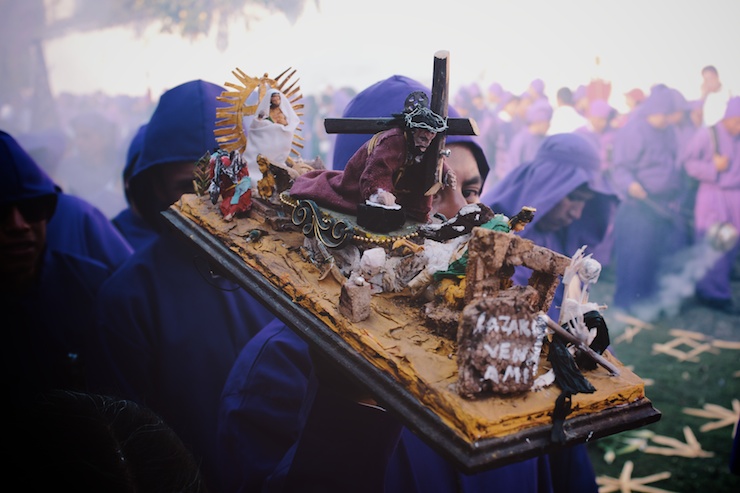
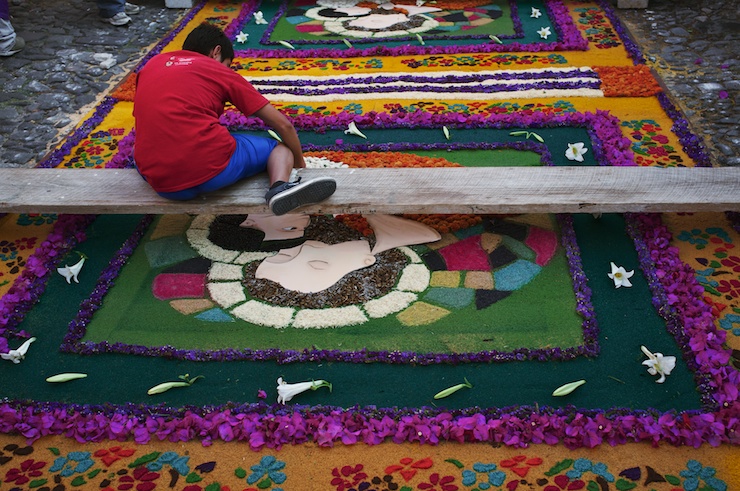
FILED IN (CATEGORIES & TAGS)
Inspiration
Your Stories
antigua guatemala lago-de-atitlan bike-touring-central-americaPlease keep the conversation civil, constructive, and inclusive, or your comment will be removed.

